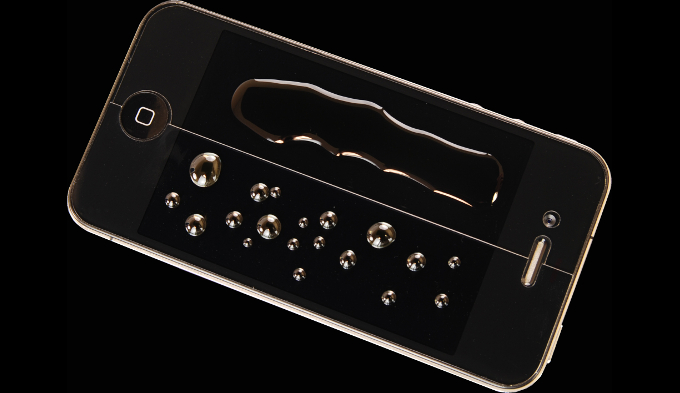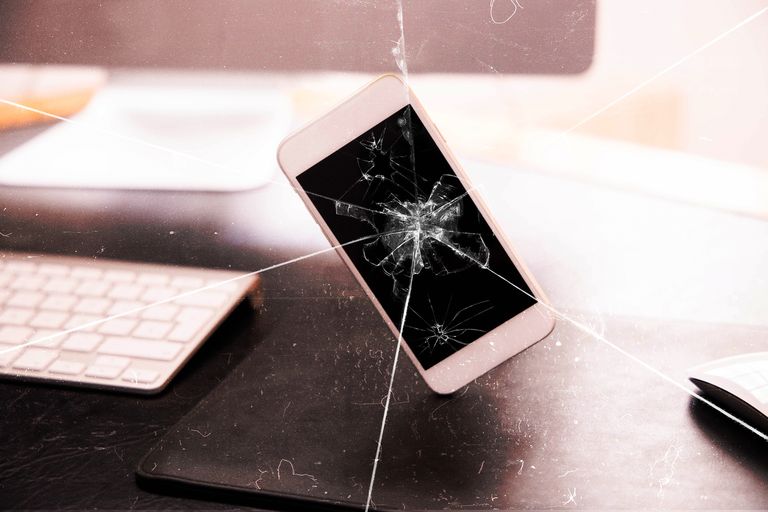Don’t Take Your Phone’s Cover Glass for Granted

It’s safe to assume that, like most people, you do not care much about the glass covering your cellphone. It’s enough that you know that it is made of tough glass, such as Gorilla Glass by Corning, and that it is clear, scratch-proof, and responsive.
And just like other people, what you are more concerned about is the richness of the display’s resolution and the other features of your phone. But you’d be surprised to know that the glass cover and the phone’s display is a combination of advanced chemistry and materials.
The smartphone screen is a product of years of intensive research and development. Scientists conducted plenty of experiments using different materials to develop the cover glass and its surface coatings that enhance the quality of the phone’s display. Simultaneously, the surface coatings protect the screen from grease, dirt, scratches, and damage.
Coatings on the display surface
Coatings on the display surface come in two types. One is hydrophobic. The other is oleophobic. Based on the prefix, you know that hydrophobic means the surface is resistant to water. On the other hand, oleophobic coating means that it protects the surface from oil. The two types of coatings both protect the surface from getting wet from oil and water.
When the material is hydrophobic, a drop of water forms beads instead of spreading out. On an oleophobic surface, greasy or oily deposits, such as those coming from your fingers, would not stick to the surface. Thus, you can easily wipe off the grease and oil.
Transparent films
The two types of coatings are produced as transparent films laid over the glass, making the cover easier to clean. When the phone manufacturer says the glass is self-cleaning, this means that it has hydrophobic film. Most touchscreens have oleophobic coatings, which prevents the buildup of oil and grease over the glass surface.
Both types of films make the display surface smooth and glossy, allowing dirt, debris, and fluid to slide off the glass, preventing them from scratching the surface.

Tempered glass
Underneath the coatings is the tempered covered glass, which is equally important. A series of exposure to different chemicals and heat cycling strengthens and hardens the glass. Many of the smartphones available today have tempered glass covers, with Gorilla Glass from Corning being the standard.
Corning’s proprietary process to temper the glass covers of smartphones, LCDs, and OLED displays makes the material tougher and harder. When combined with the coating mentioned above, many electronic devices’ screens are easy to clean and resistant to damage.
Extra layer of protection
If you’re a person who likes to take good care of their devices and your phone does not have a tempered glass cover, do not worry. You can add a layer of protection by buying a high-end glass screen protector. It is made from the same cover glass materials installed on new phones. They are better than plastic films, and your phone’s screen will look the same.
The tough materials covering your phone can still break or scratched; thus, adding another layer of protection is an insurance against damage to the original glass cover. You should keep in mind that even if the coatings are tough, they are usually designed to last for about two years. If you are a person who does not like changing phones often, remember that the coating can wear down with extended use.
To get the most out of your phone screen, see to it that you give it the proper cleaning it needs. Never use isopropyl or any type of alcohol as a cleaner of your phone screen as it will erode the coatings. Instead, wipe the surface with a clean, lint-free cloth dipped in a bit of distilled water.